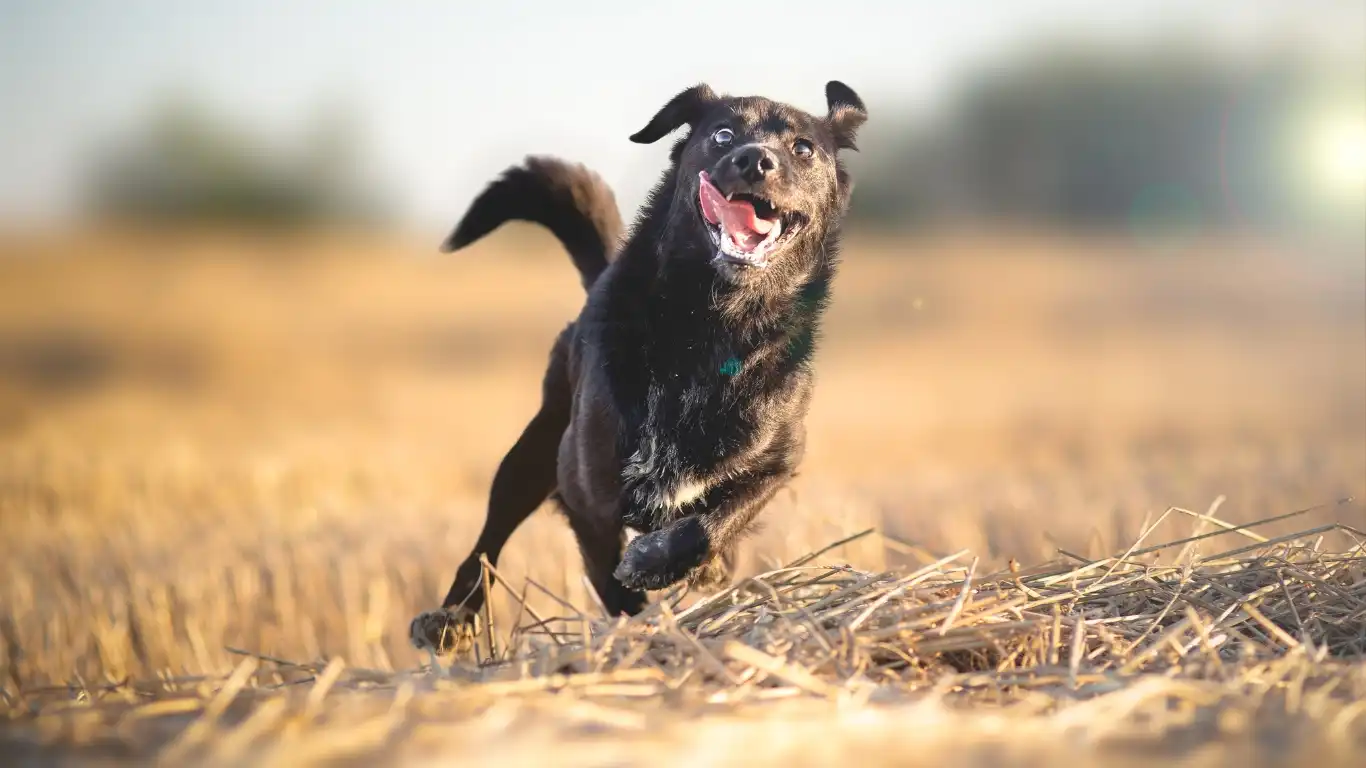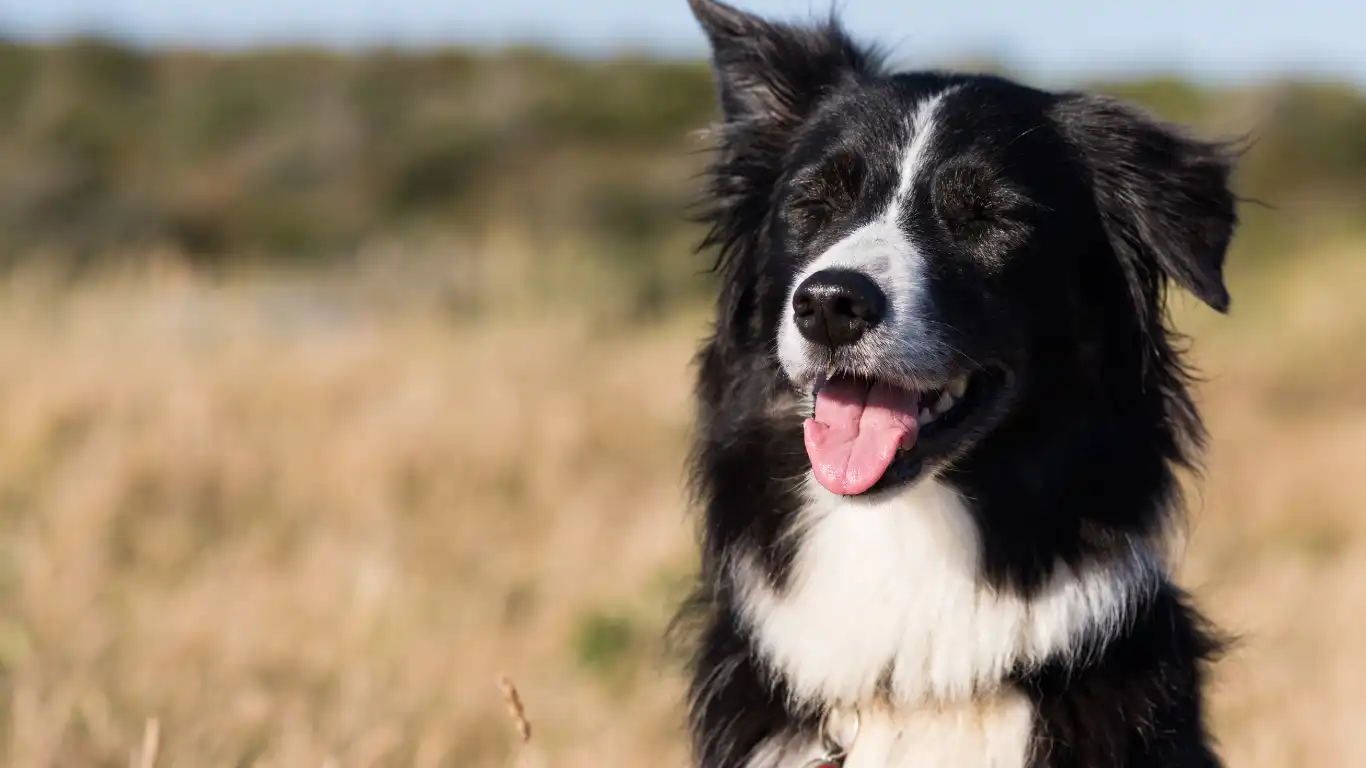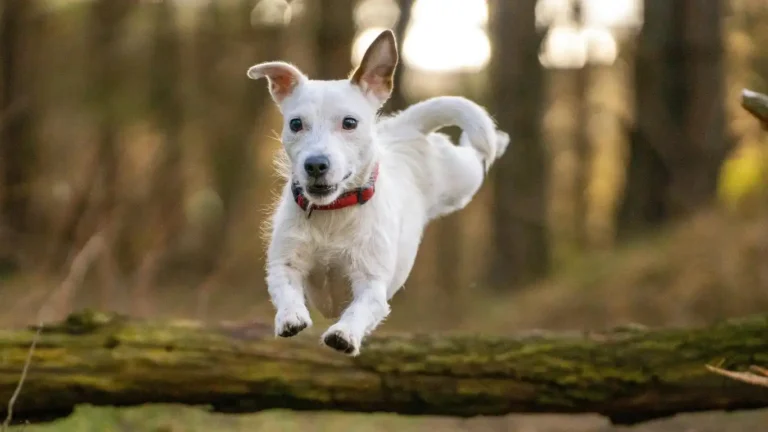Keep Your Dog Safe on Hiking Trips: Expert Tips for Stress-Free Trails
If you’re like me and love hitting the trails with your pup, then you know the joy of watching them sniff, bounce, and explore nature with all the enthusiasm in the world. But before you clip on that leash and lace up your boots, let’s talk about something super important: how to keep a dog safe during hiking trips. Trust me, I’ve seen too many preventable issues come through the clinic—anything from paw pad injuries to heat exhaustion, and even tick-borne illnesses. A little prep can make all the difference between an epic outdoor bonding adventure and a trip to the emergency vet.
Understanding Your Dog’s Physical Limits

Know Your Dog’s Breed and Health Needs
One of the first things I always tell pet parents is: not all dogs are built for long hikes. Some breeds, like Huskies or Labs, were practically born for the trail, while others—like Frenchies or senior dogs with arthritis—might need a gentler pace. Just because your pup loves being outside doesn’t mean they can safely handle a 10-mile uphill hike in 90-degree heat.
As a vet tech who focuses on nutrition and wellness, I also always factor in body condition. An overweight dog may struggle with endurance and heat regulation, and underweight dogs might lack the energy reserves for prolonged activity. If your dog has existing health conditions (like heart murmurs, hip dysplasia, or even mild allergies), consult your vet before planning any hikes. Better safe than sorry!
Build Endurance Slowly
You wouldn’t run a marathon without training, right? Same goes for our dogs. Start with short, easy walks on natural trails. Gradually increase the distance and difficulty as your dog builds confidence and stamina. I always recommend tracking how your dog behaves post-hike—are they limping, excessively tired, or disinterested in food or water? That’s your dog’s way of telling you it was too much, too soon.
Essential Safety Gear for Hiking Dogs

Collar, Harness, and ID Tags
This might sound obvious, but I’ve seen people head into the woods with nothing more than a leash and a collar that slips right off. A secure, properly fitted harness gives you way more control, especially on steep or rocky terrain. Don’t forget to make sure your pup’s ID tags are up-to-date and legible. Bonus points for a GPS tracker if you’re hiking off-leash in safe, legal areas.
Paw Protection: Yes, It’s a Thing
Paw pads are tougher than we give them credit for, but they’re not invincible. Hot sand, rocky surfaces, snow, or even salt can cause cracks and burns. I’m a big fan of using protective booties—especially for long hikes or unfamiliar terrain. Your dog might walk like a baby giraffe at first, but most pups get used to them with a little positive reinforcement.
And if booties aren’t your thing, at least bring a paw balm or salve (there are natural, vet-approved options) to soothe and protect those hard-working toes.
Hydration Tools and Trail Snacks
This is where my nutrition brain kicks in. Dehydration creeps up on dogs faster than you think, especially in warm weather or at elevation. Always bring more water than you think you’ll need, and make sure your dog actually drinks it. I use a collapsible silicone bowl or a squeeze bottle with an attached tray. They’re lightweight and easy to stash in your pack.
For longer hikes, I always bring high-protein, energy-rich treats. Think dehydrated meat bites, small jerky pieces, or vet-formulated hiking snacks. Be cautious with anything too salty or rich, especially if your dog has a sensitive stomach. The goal is fuel, not a mid-trail poop emergency.
Trail Etiquette and Safety with Other Dogs

Leash Laws and Respecting Wildlife
Even if your dog is the friendliest floof around, keeping them on-leash protects not just them—but the environment, other hikers, and wildlife. I’ve seen cases where dogs chased deer off a ridge, ran into poison ivy, or tangled with a snake. Not to mention local leash laws are no joke in many state and national parks.
Retractable leashes? Nope. Please ditch ’em. They’re a tangle risk and offer zero control in tight trail spots. Stick with a 6-foot sturdy leash or a hands-free option that clips to your waist if you’re confident in your dog’s recall.
Dealing with Other Dogs and Hikers
Some dogs are reactive, others are social butterflies. Either way, it’s crucial to read the room—or in this case, the trail. If you see another dog coming, step aside, create space, and ask if their dog is friendly before letting yours say hi. I’ve treated plenty of preventable scuffles because people assumed all dogs want to be besties.
Also, not every hiker is a dog person (shocking, I know). Keep your pup close when passing others, especially kids or folks using hiking poles or bikes. A little trail courtesy goes a long way in making the outdoors welcoming for everyone.
Preparing for Weather and Terrain Challenges

Hot Weather Hikes
Summer hikes can be dreamy, but they also come with some serious heat hazards. Dogs can’t sweat like we do—they cool off by panting and through their paw pads. On hot days, those cooling mechanisms just aren’t enough. I’ve seen dogs collapse from heat exhaustion mid-trail, and it’s terrifying. If your dog is panting excessively, drooling, or slowing down, it’s time to rest and rehydrate.
Personally, I don’t hike with my pup during peak hours in summer. Early morning or late evening is your best bet. And always do the back-of-the-hand test on the trail—if the surface is too hot for your skin, it’s too hot for your dog’s paws.
Cold Weather and Snow Adventures
Cold-weather hikes can be just as risky. While some breeds are snow lovers (looking at you, Huskies), others—like Chihuahuas or Greyhounds—don’t have the insulation for it. I always pack a lightweight, insulated dog jacket for chillier hikes, especially if the wind picks up or there’s snow on the ground. And yes, even in the snow, dogs can dehydrate—snow is not a substitute for water.
Watch out for ice forming between the paw pads. It can cause cuts or frostbite if not cleared regularly. I like to keep a towel or a small paw cloth in my pack to wipe their paws during breaks. And those dog booties we talked about earlier? They’re a lifesaver in the snow, too.
Elevation and Rough Terrain
Don’t underestimate the impact of elevation. Even fit dogs can feel it. Breathing becomes harder, and energy drains faster. I once took a trail that jumped 2,000 feet in a couple of miles and had to turn back when my normally spry pup started lagging. That was a wake-up call.
If you’re planning to hike in higher altitudes, acclimate your dog slowly. Start with easier, low-elevation trails and work your way up. Bring electrolyte supplements made for dogs if you’re going above 8,000 feet—they help with hydration and recovery.
First Aid and Emergency Prep for Hiking Dogs

Must-Have First Aid Kit Items
Stuff happens—scrapes, bug bites, thorny paws, you name it. I always hike with a dog-specific first aid kit. You don’t need a full clinic in your backpack, but having a few key things makes a huge difference:
- Antiseptic wipes or spray (safe for dogs)
- Vet wrap (sticks to itself, not fur)
- Tweezers (for splinters, ticks, or thorns)
- Benadryl (check with your vet on safe dosage first!)
- Emergency contact numbers + a photo of your dog (in case they get lost)
Optional but smart: a small tick remover, digital thermometer, and a spare leash. I’ve had to MacGyver a leash out of my belt once—never again!
Handling Minor Injuries on the Trail
If your dog gets a minor cut or scrape, clean the wound with bottled water and apply antiseptic. Wrap it with gauze and vet wrap just tight enough to protect it without cutting circulation. If the injury looks deep or your dog’s limping gets worse, call it a day and head back.
In a real emergency—heat stroke, deep cuts, seizures—you’ll need to carry your dog out or call for help. This is where knowing your trail and having cell reception (or a GPS beacon) becomes crucial.
Trail Nutrition Tips: Feeding for Energy and Recovery

Pre-Hike Fuel
Nutrition is everything when it comes to active dogs. I usually feed my dog about 1–2 hours before the hike—a smaller portion than usual but packed with protein and healthy fats. If you feed too close to the hike, you risk bloat or GI upset, especially in deep-chested breeds.
A bit of boiled chicken, sweet potatoes, or a high-protein kibble works well. Avoid heavy, greasy foods. You want energy, not a mid-trail tummy ache.
Mid-Hike Snacks and Water Breaks
I’m a big believer in keeping snacks lightweight and nutritious. Dehydrated liver treats, freeze-dried salmon, or even DIY trail bars for dogs (oats, pumpkin, peanut butter—no xylitol!) keep energy levels stable. Think small and frequent, not one big meal mid-hike.
Hydration is non-negotiable. Offer water every 30–45 minutes, more often if it’s hot or your dog is panting a lot. And don’t forget—some dogs won’t drink unless encouraged, especially in new environments. Bring water they’re used to if your dog’s picky.
Post-Hike Recovery
After the hike, I always give my pup a small meal within an hour—high in protein and moderate in carbs to replenish energy. If it was a particularly intense hike, I add joint-support supplements or omega-3s for anti-inflammatory support (talk to your vet about what’s right for your dog’s breed and age).
Don’t forget to give them a gentle paw check, clean off any trail gunk, and offer a cozy recovery spot once you’re home. Trust me, they’ll sleep like a log—and honestly, you probably will too.
Preventing Snake Bites, Ticks, and Bug Trouble

Snake Safety Basics
This is a big one if you hike in snake-prone areas (hello, Southwest folks!). Dogs are curious creatures and often poke their noses where they don’t belong. If your pup is off-leash, they can surprise a rattlesnake or copperhead real fast.
Stay on marked trails, avoid tall grass and rock piles, and keep your dog leashed during high-risk seasons. Some areas offer snake aversion training for dogs—not for every pet parent, but it’s something to consider if you’re in rattler country.
Tick Checks and Flea Prevention
Ticks love to latch on around the ears, armpits, and belly. Do a full-body check when you get back to the car or home. I’ve pulled more ticks than I care to admit off my own dog, even with monthly prevention on board.
Flea and tick meds (oral or topical) are essential if your dog hikes regularly. You don’t want to deal with Lyme disease or tapeworms from an unexpected hitchhiker. Natural sprays with essential oils can offer extra protection—just make sure they’re dog-safe.
Dealing with Mosquitoes, Bees, and Other Bugs
Mosquitoes are more than annoying—they can spread heartworm. Make sure your dog is on preventative if you’re hiking anywhere near standing water. Bees and wasps can also sting curious noses, so keep an eye out for nests and teach your dog the “leave it” command early.
Pack some dog-safe antihistamines (again—check with your vet for the right type and dose) in case of mild allergic reactions. I’ve had patients come in with ballooned-up faces after bee stings, and while most cases are minor, it’s better to be prepared.
Training and Trail Etiquette That Keep Your Dog (and Others) Safe

Trail-Ready Commands Every Dog Should Know
If there’s one thing I’ve learned as both a vet tech and a hiker, it’s that training is your best line of defense. You could pack every fancy gear item, but if your dog doesn’t listen to basic commands, it can go south fast. Here are a few non-negotiables for me:
- Recall (a solid “Come”): Absolutely essential, especially if your dog is ever off-leash.
- Leave it: Whether it’s a dead squirrel, toxic plant, or porcupine—this one can be a lifesaver.
- Wait or Stay: Helpful when crossing rivers, hiking narrow passes, or approaching blind corners.
- Heel: For on-leash control, especially when passing other hikers, bikers, or dogs.
Before hitting the trail, practice these in your backyard or at a quiet park. I’ve even worked on training while walking my dog through the aisles at pet stores (hello, distractions!). Consistency really does pay off.
Respecting Other Hikers and Dogs
Not every hiker wants a tail-wagging greeting, and not every dog is friendly. It’s our job as dog parents to be aware and courteous. When I approach others on the trail, I always move my dog off to the side and ask if they’re comfortable with dogs before letting him sniff.
Also, always pack out your dog’s poop—even if it’s off-trail. I know, it’s not the most glamorous part of hiking, but it’s key for keeping trails clean and safe for wildlife.
Keeping Your Dog Mentally Stimulated on the Trail

Sniff Breaks and Scent Games
Here’s something I tell clients all the time: a sniffy walk is a mentally enriching walk. Let your dog use that powerful nose! Instead of rushing through the trail, I build in “sniff stops” every so often. It helps my dog decompress and connect with his surroundings—and honestly, it’s a great excuse for me to catch my breath too.
You can also hide a treat under a rock or behind a tree and let them find it. It turns the hike into a game, and mental stimulation helps tire them out just as much as physical exercise.
Dog Backpacks and “Jobs” on the Trail
Some dogs genuinely love having a purpose. A well-fitted dog backpack can give them just that. I usually let my dog carry his own poop bags, water, and collapsible bowl (nothing too heavy). It’s not just practical—it gives them a task, which can be great for focus and confidence.
Pro tip: Start light and work up gradually. And make sure the pack doesn’t rub or sit awkwardly. Comfort comes first!
Tailoring Hiking Safety to Your Dog’s Breed
Flat-Faced Breeds (Brachycephalics)
As much as they love adventure, breeds like French Bulldogs, Pugs, and Boston Terriers can struggle on hikes—especially in heat or high humidity. Their compact airways make breathing harder, and they overheat faster than most. Stick to cool weather, shaded paths, and short hikes with these guys.
High-Energy Working Breeds
Labs, Border Collies, Huskies—they’ll go for miles if you let them. But don’t be fooled: even super-athletic breeds need rest, water, and structured hikes. I’ve seen dogs like these push past exhaustion just to keep up with their humans.
Make sure they have plenty of fuel and breaks. And honestly, they benefit the most from mental enrichment mid-hike. Throw in some obedience work or puzzle toy time during rest stops to keep their minds engaged.
Senior Dogs or Dogs with Mobility Issues
I have a soft spot for the older pups. Just because they’re not as spry doesn’t mean they can’t join you outdoors. Choose flat, easy trails and bring a soft sling or support harness if they tire out. And always chat with your vet about joint support and exercise tolerance first.
Resources and References for Hiking With Dogs
For readers who want to dig deeper, here are some trusted sources I personally rely on:
- PetMD – Great for understanding canine health, first aid, and gear tips.
- American Kennel Club (AKC) – Breed-specific exercise needs and training advice.
- National Institutes of Health (NIH) – For studies on exercise, heat exhaustion, and pet health safety.
- Health.com – Human and pet hydration and outdoor health info.
Disclaimer
This article is based on my personal experiences as a Veterinary Technician/Nurse specializing in canine nutrition, along with field-tested advice from real hiking trips with dogs. It is meant for informational purposes only and should not replace professional veterinary care. Always consult with your veterinarian before introducing your dog to new physical activities, especially if they have underlying health conditions or are new to hiking environments.
Remember—every dog is different. Tailor your hiking trips to your dog’s age, breed, energy level, and medical history for the safest and most rewarding experience.






